
Civil Engineering


Civil Engineering Facilities
Civil engineers build the world’s infrastructure. In doing so, they quietly shape the history of nations around the world. Most people can not imagine life without the many contributions of civil engineers to the public’s health, safety and standard of living. Only by exploring civil engineering’s influence in shaping the world we know today, can we creatively envision the progress of our tomorrows
AutoCAD LAB
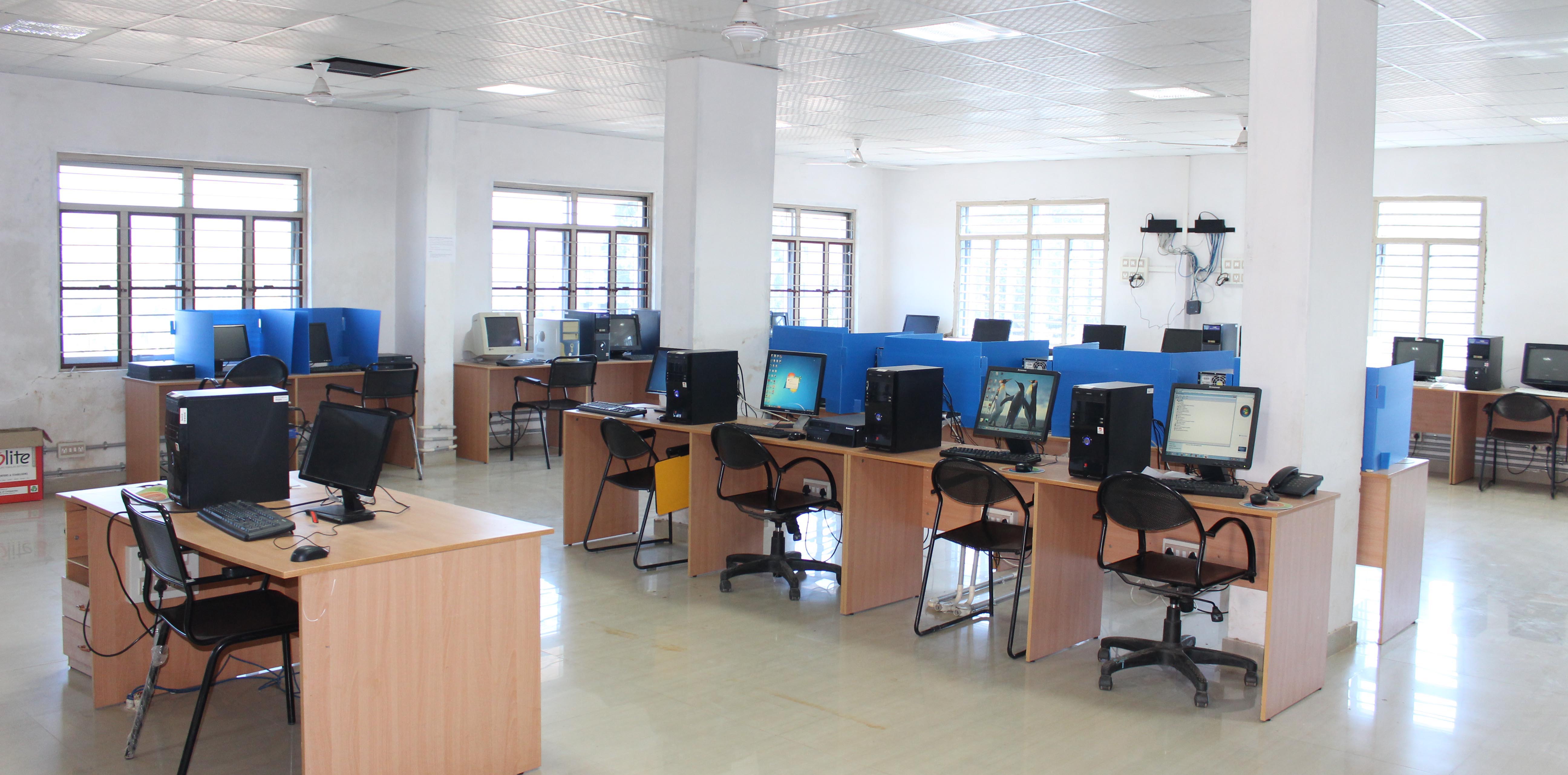
AutoCAD drafting is a very important part of many construction and manufacturing projects. An Autocad Drafter is in charge of making technical drawings of the building or product with the help of computer-aided design software. The drafter guides the software in order to create accurate depictions of the products to be manufactured or building to be constructed. A resume objective for this position will illustrate that you have the knowledge and abilities necessary to make a successful Autocad Drafter.
Environmental Engineering Lab

The objective of environmental engineering is to find out the various impurities and their concentration present in water, wastewater, and industrial effluents samples for important parameters presented in the university syllabus. The lab is equipped with major instruments like speed photometer, flame photometer, jar apparatus, conductivity meter, turbidity meter, pH meter, muffle furnace, oven etc.,. Testing of samples and consultancy work also under taken in this lab.
SURVEY LABORATORY
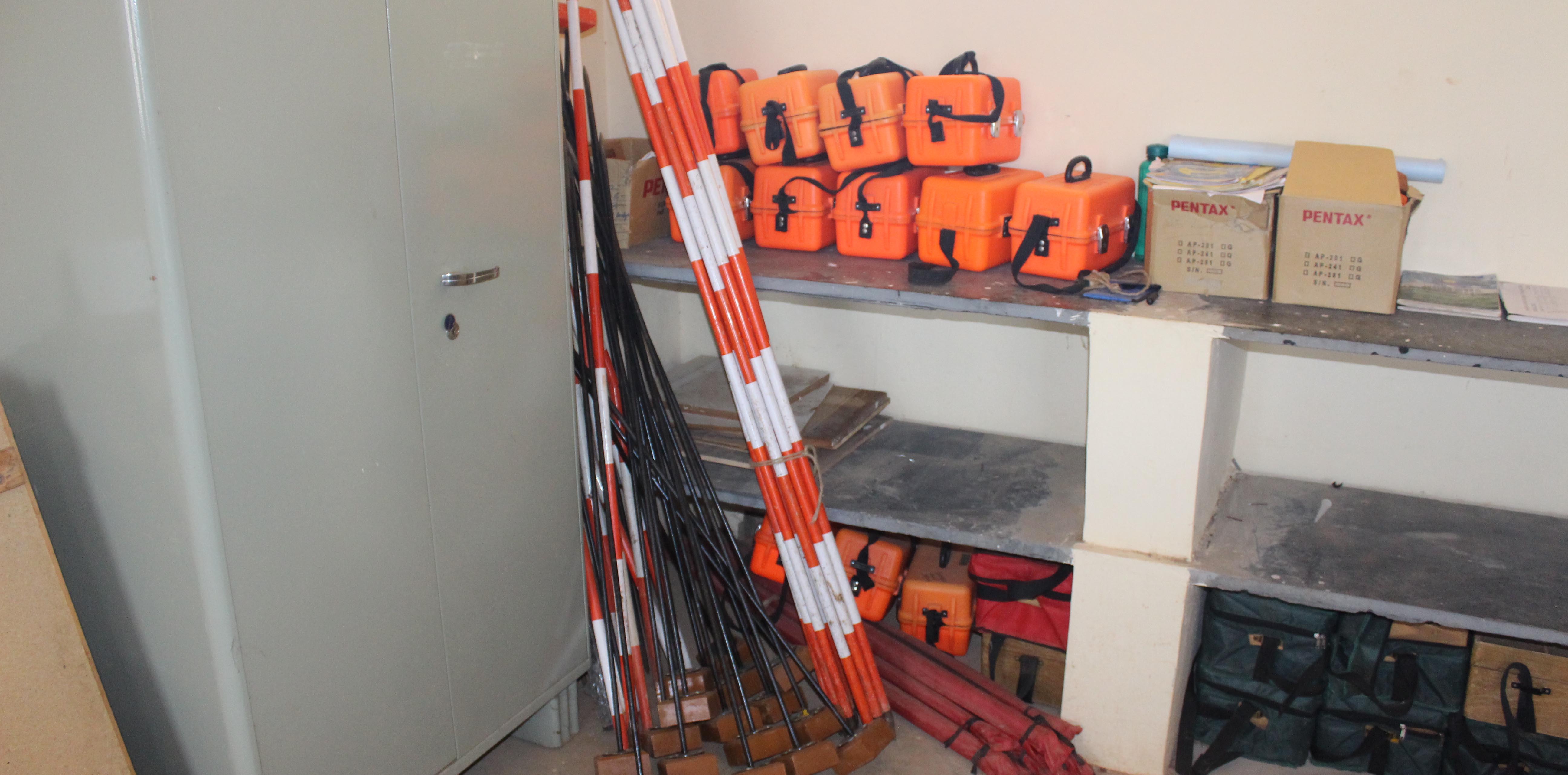
Our surveying lab offers supplemental Experience in fundamental land surveying measurement methods for surveying courses, including precision steel taping methods to perform horizontal measurements, traditional transits and digital theodolites to perform angular measurements, and Traditional and automatic levels for elevation measurements.
In addition, students have opportunity to use total station equipment, which enables horizontal, vertical and angular measurements to be made in one operation
-
Equipments/ Instruments:
- Digital level
- Global positioning system (GPS)
- Dumpy level
- Auto level
- Total station
CONCRETE AND HIGHWAY MATERIALS LABORATORY

To impart the students to effectively link theory with practice application and to demonstrate background of the theoretical aspects. Our concrete and highway materials lab is equipped with state of the art equipment.
The laboratory is equipped with various instruments for testing soil, aggregates bitumen and bituminous mixes Major equipment are compression testing machine, Los Angeles abrasion machine, flexural testing machine and marshal testing machine, softening point apparatus, Aggregate impact value testing machine, Penetration apparatus, Ductility apparatus.
The laboratory is equipped with machine to also carryout aggregates and materials testing and other consultancy works.
GEOTECHNICAL ENGINEERING
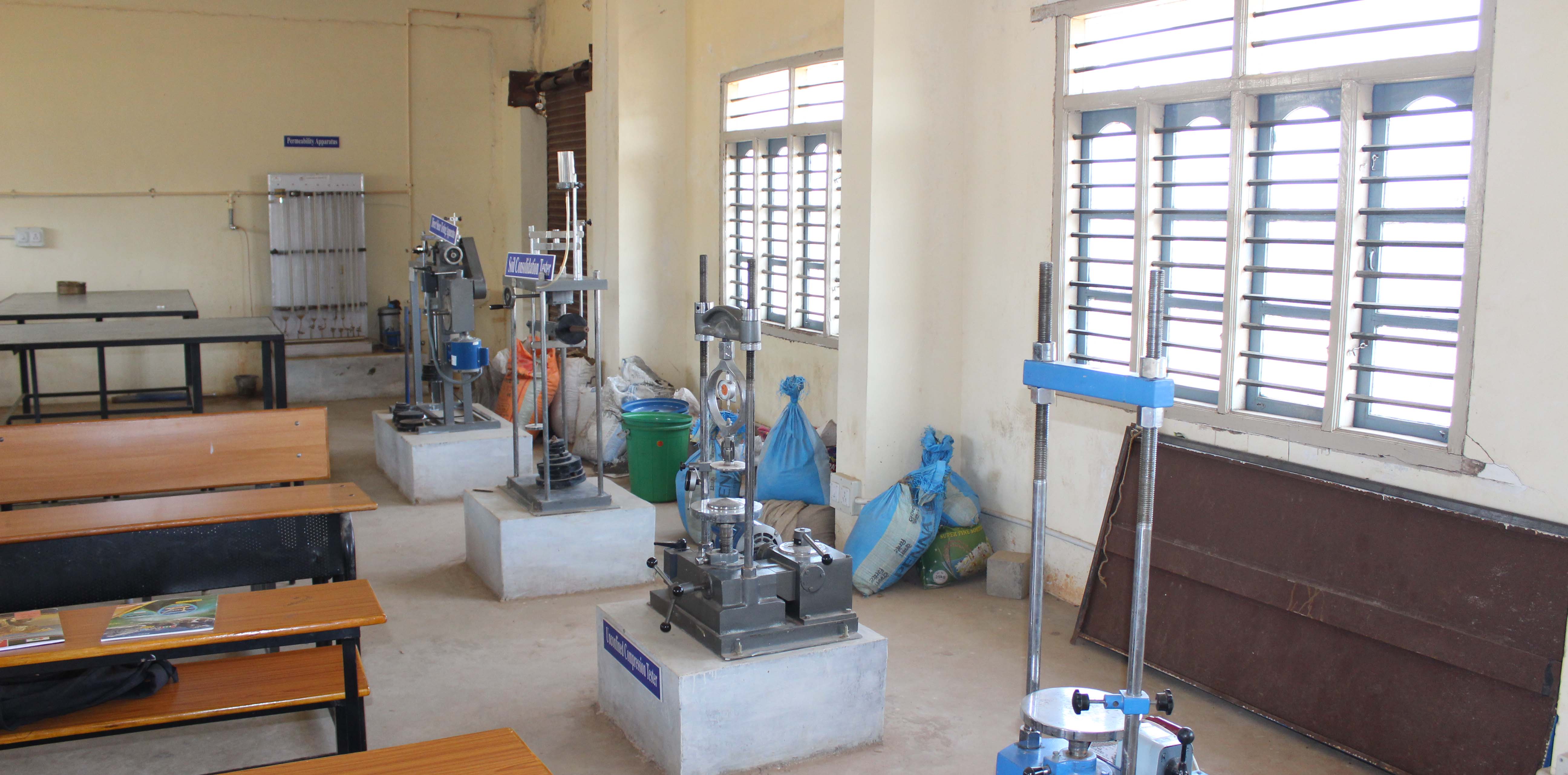
The objective of Geotechnical engineering lab is to determine the physical and engineering properties of soil which are required for design and Analysis.
By evaluating the basic properties of soil in the laboratory, students will be able to relate the concepts studied in the relevant theory course.
Student can utilize the knowledge of both theory and practical in the field application to real problems.
Both laboratory and in-situ experiments can be conducted and it helps the students to understand theoretical
concepts learned in the course Geotechnical engineering.
The Laboratory is also equipped to undertake soil testing and consultancy works.
Some of the important equipments are:
- California bearing ratio
- Unconfined compression tester
- Soil consolidation tester
- Direct shear testing apparatus
- Tri-axial loading apparatus
- Vane shear testing apparatus
- Permeability apparatus
- Casagrande apparatus
- Proctor tester
- Field density apparatus
FLUID MECHANICS & HYDRAULIC MACHINERY
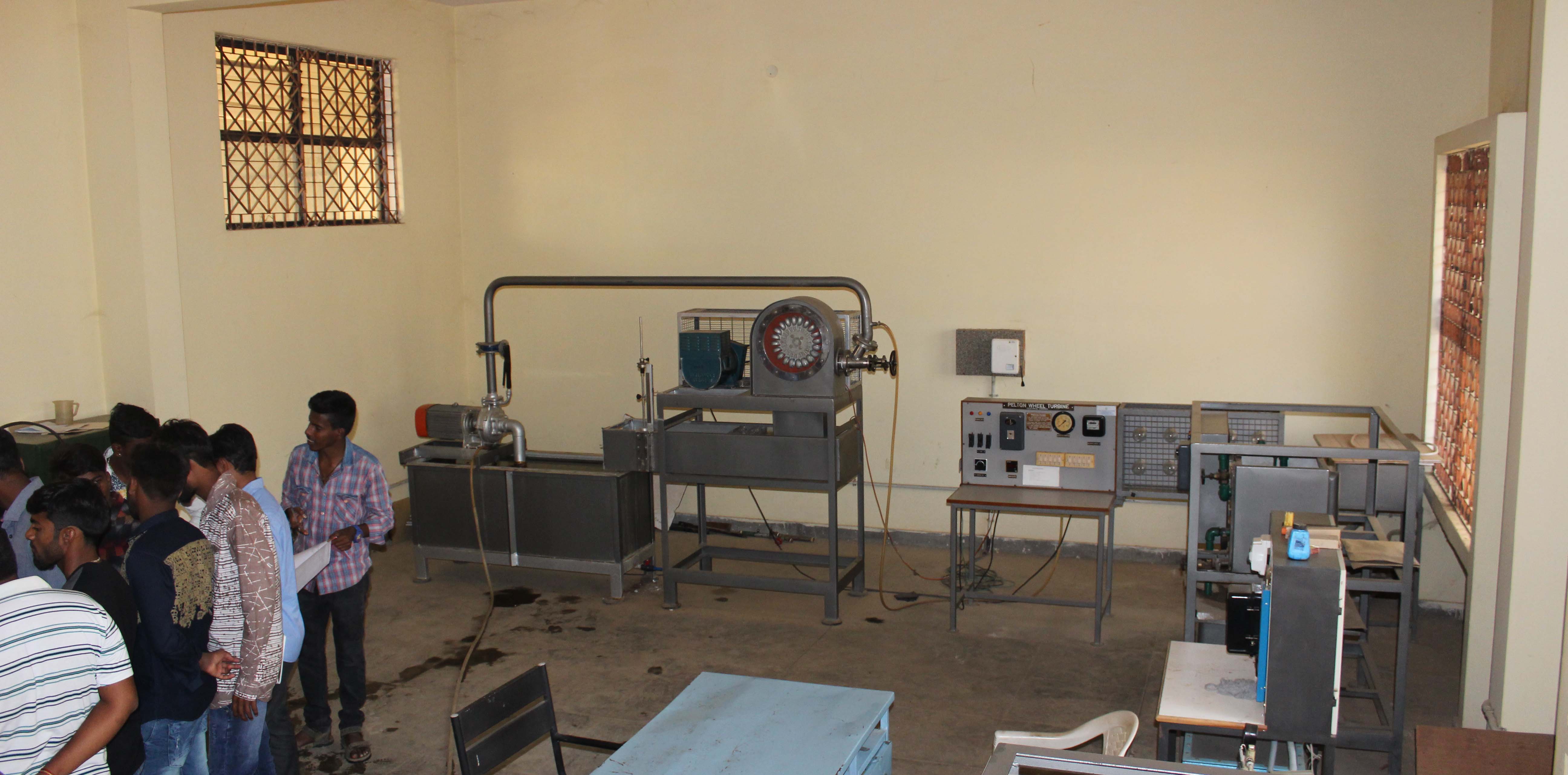
Fluid mechanics refers to a broad engineering field that studies the fundamental behavior of fluids, substances known to statically deform under applied shear stresses. Within this field, a number of sub-disciplines have developed. Water resources and hydraulic engineering deals primarily with flow through pipe networks, channels, and other systems that control the quantity, quality and distribution of water; aerodynamics involves the flow of air around aircraft; and gas dynamics focuses on fluids with significant variations in density, such as high-speed gas flowing through a nozzle or the flow of chemically reactive gases.
STRENGTH OF MATERIALS
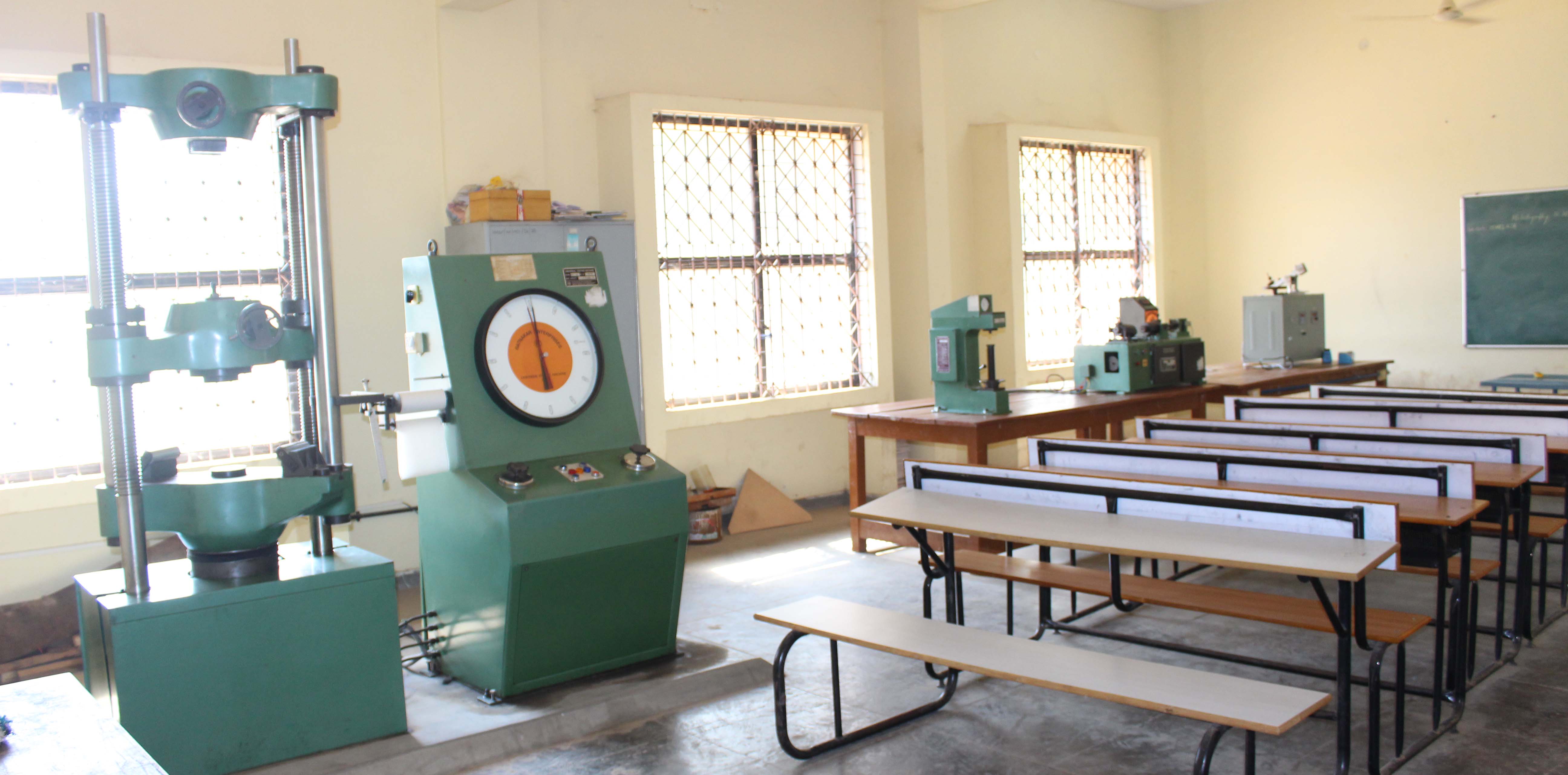
Course objectives: This course will enable students
- Ability to apply knowledge of mathematics and engineering in calculating the mechanical properties of structural materials.
- Ability to function on multi-disciplinary teams in the area of materials testing.
- Ability to use the techniques, skills and modern engineering tools necessary for engineering.
- Understanding of professional and ethical responsibility in the areas of material testing.
- Ability to communicate effectively the mechanical properties of materials.
Course Outcome: After successful completion of the course, the students will be able to:
- Reproduce the basic knowledge of mathematics and engineering in finding the strength in tension, compression, shear and torsion.
- Identify, formulate and solve engineering problems of structural elements subjected to flexure. Evaluate the impact of engineering solutions on the society and also we will be aware of contemporary issues regarding failure of structures due to undesirable materials.
The list of tests conducted in the laboratory includes:
- Tension test on mild steel and HYSD bars.
- Compression test on mild steel, cast iron and wood.
- Torsion test on mild steel circular sections.
- Bending Test on Wood Under two point loading.
- Shear Test on Mild steel.
- Impact test on Mild Steel (Charpy & Izod).
- Hardness tests on ferrous and non-ferrous metals– Brinell’s, Rockwell and Vicker’s.
- Test on Bricks and Tiles
- Tests on Fine aggregates – Moisture content, Specific gravity, Bulk density, Sieve analysis and Bulking.
- Tests on Coarse aggregates – Absorption, Moisture content, specific gravity, Bulk density and Sieve analysis
Major Instruments available are:
- Universal Testing Machine
- Brinell’s, Hardness Testing Machine
- Rockwell Hardness Testing Machine
- Impact Testing Machine
- Torsion Testing Machine
ENGINEERING EARTH SCIENCE AND MATERIALS

The applied engineering geology lab is an integral part of the department of civil engineering. Geological information is most important in planning, design and construction phase in civil engineering projects. It includes the identification and assessment of natural resources and potential geological hazards on prospective building sites. It provides necessary information about the site construction and materials used in the construction of buildings, dams, reservoirs, bridges, tanks, tunnels and highways. It also closely related to the practice of geological, geotechnical, soils and environmental geology.
Course objectives: This course will enable students
- To expose the students to identify the minerals and rocks based on their inherent properties and uses in civil engineering.
- To educate the students in the interpretation of the geological maps related to civil engineering projects.
- Students will learn the dip and strike, thickness of geological formation related to foundation, tunnels, reservoirs and mining.
- Students will understand subsurface geological conditions through a geophysical techniques and watershed management.
Course Outcomes:
- The students able to identify the minerals and rocks and utilize them effectively in civil engineering practices.
- The students will interpret and understand the geological conditions of the area for the implementation of civil engineering projects.
- The students will interpret subsurface information such as thickness of soil, weathered zone, depth of hard rock and saturated zone by using geophysical methods.
- The students will learn the techniques in the interpretation of LANDSAT Imageries to find out the presence of lineaments and other structural features for the given area.
List of experiments in the laboratory include:
- Identification of minerals theirs properties, uses and manufacturing of construction materials.
- Identification of rocks their engineering properties and uses in construction and decorative purpose.
- Dip and strike problems: determination of dip and strike direction in civil engineering projects like railway lines, tunnels, dams and reservoirs.
- Borehole problems: determination of subsurface behavior of rocks, their attitude related to foundation, tunnels, reservoirs and mining.
- Calculation of vertical, true thickness and width of outcrops.
- Interpretation of electrical resistivity curves to find out subsurface information such as thickness of soil, weathered zone, depth of hard rock and saturated zone.
- Interpretation of toposheets and geological maps related to civil engineering projects.
